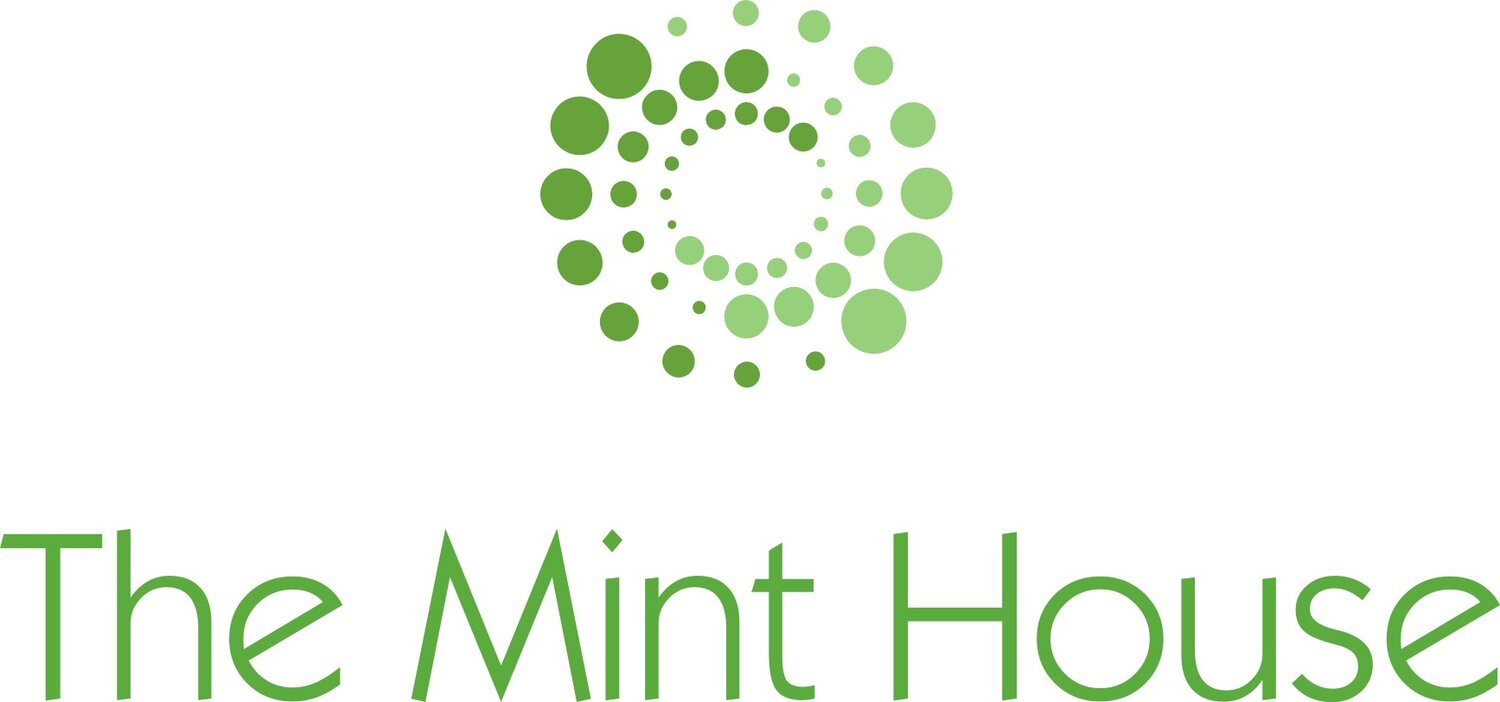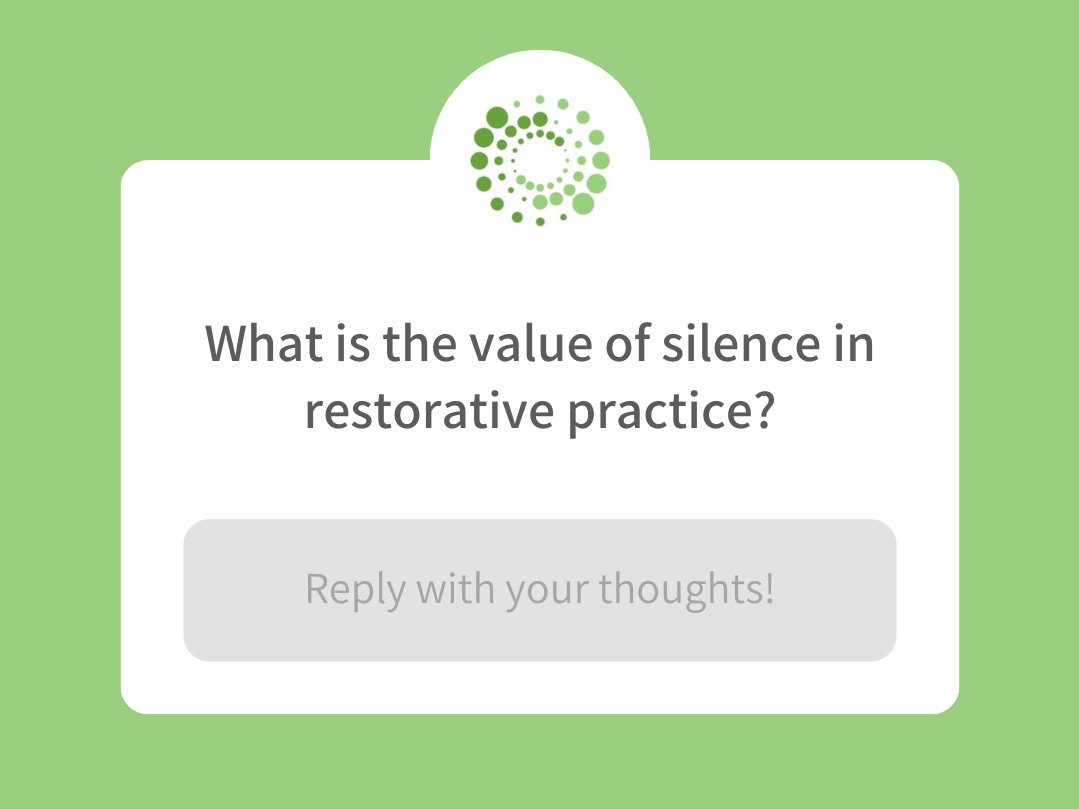by Joy Bettles
We recently had a great discussion with colleagues from Oxfordshire County Council about the value and use of silence in restorative practice.
Some of the insights that came from our discussion were:
Silence allows time to think and process. The restorative process ‘slows things down’ and silence can help with this. It gives people time to think about what they want to say and come up with words to express themselves.
Silence gives space for people to recognize and feel emotions. Some people may have never explored their feelings or taken time to acknowledge or name what they are feeling. They may need space to reflect on how they are experiencing emotions in their body.
Silence shows respect. It provides space for people to talk without being interrupted (which is particularly important when people have not been listened to in the past). It also can be a sign of respect and acknowledgment of a sacred moment when someone has shared something particularly personal, painful, or powerful.
Silence helps people to think of solutions for themselves. If you jump in too quickly with suggestions or comments it can be disempowering. We want to allow space for people to find a way forward.
Silence can be intentional. Silence is not just dead space – when used mindfully it can be a useful tool.
We also recognised some of the difficulties of silence:
When using silence intentionally we need to be aware of our body language. If our body language could be seen as distant or confrontational silence might be misinterpreted.
Silence is difficult to use on the phone. It can be more awkward on phone calls than in person or people might wonder if the phone call has cut out if it goes quiet.
Silence can be perceived as negative. If you are usually a chatty person but you have become silent, some people might perceive it as calculated in order to show a ‘cold shoulder’.
We also discussed what to do if silence goes on for too long:
There is a balance between soothing or useful silence and silence that adds to anxiety or tension. As practitioners we need to be aware of when silence is too long and the conversation may need a prompt to get moving again.
A collective sigh, a smile, making eye contact can help to reconnect.
“There is a distinction I think between times when the facilitator falls silent, and times when everybody naturally falls silent and the facilitator is judging how long to leave it that way before saying anything, and both are equally worth looking at.”
What are your own experiences and reflections on silence in restorative practice? Share your thoughts with us on LinkedIn.

